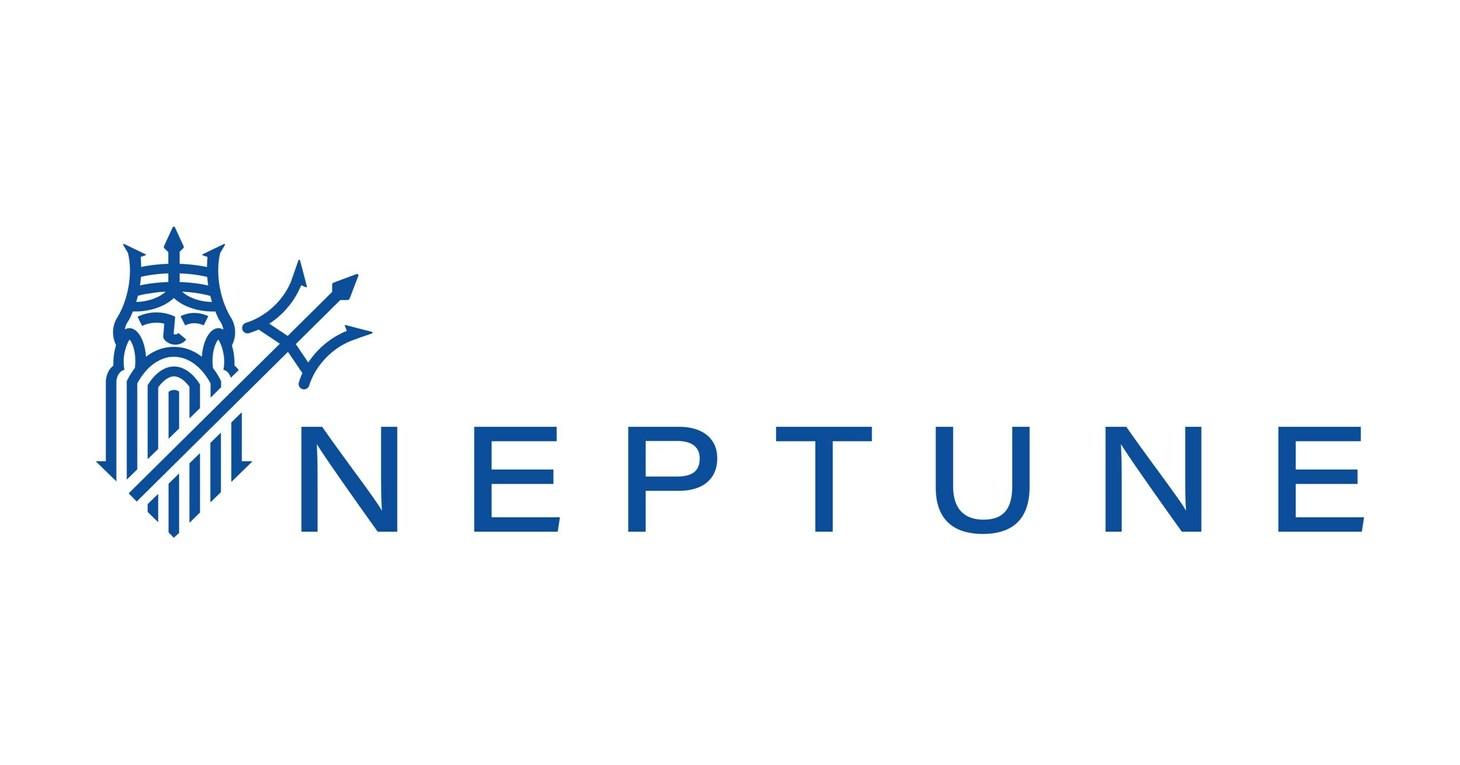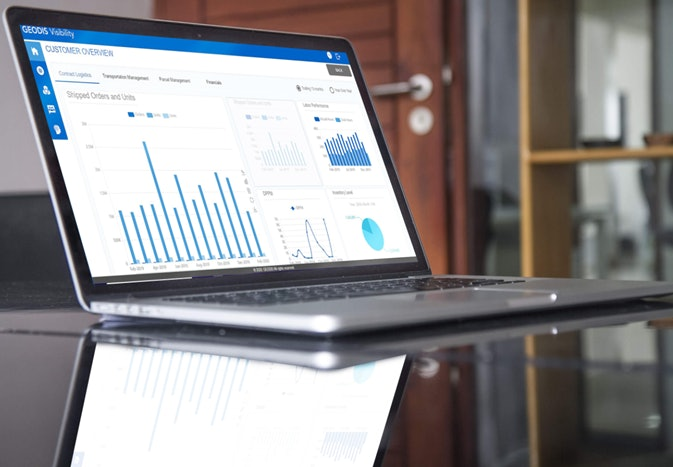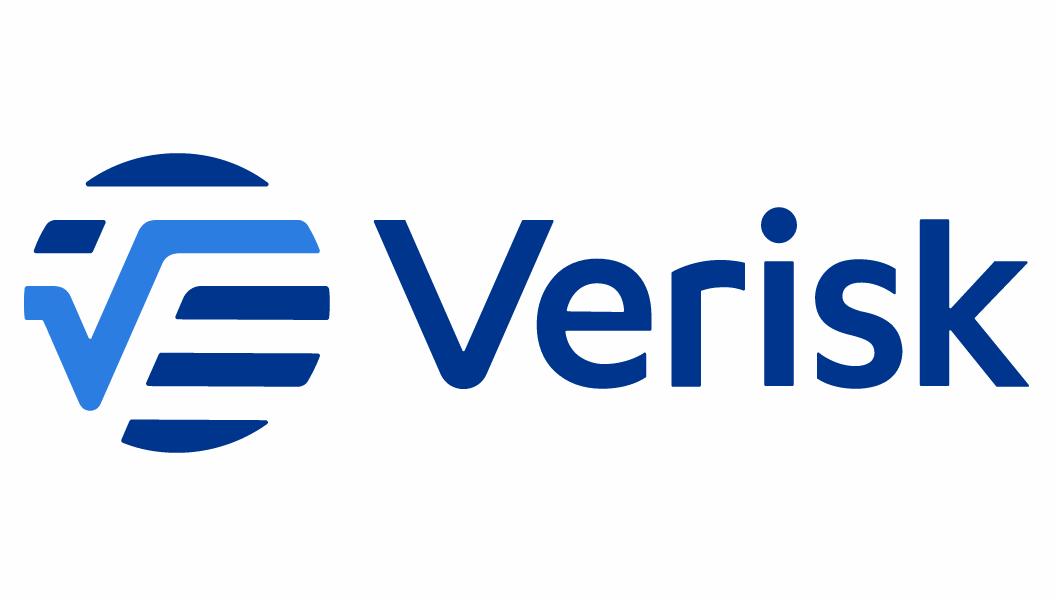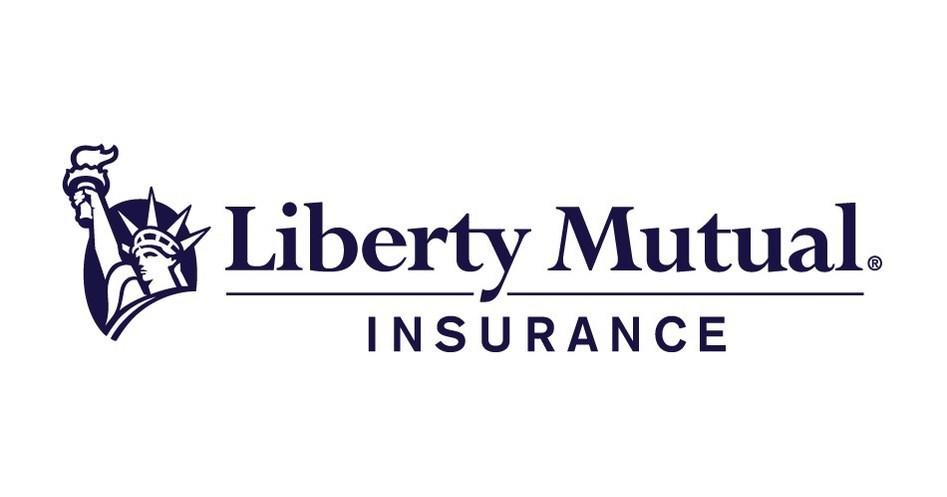AI in Insurance

Regulators split as NAIC group weighs AI rules for insurers
Regulators are in two camps on whether to move forward with a model law governing the use of artificial intelligence by insurance companies.
The Big Data and Artificial Intelligence Working Group met Monday to discuss next steps in the regulation of AI. The National Association of Insurance Commissioners adopted a set of AI “principles” in August 2020, but regulators have been slow to follow up.
A model bulletin on the use of AI was adopted by the NAIC in December 2023. Twenty-four states adopted the bulletin thus far, said Michael Humphreys, Pennsylvania insurance commissioner and chair of the working group.
Meanwhile, the industry use of AI expands at a dramatic pace. Regulators need to do more, argued Michael Conway, Colorado insurance commissioner.
“I think it's vitally important for us to be moving forward with some action ... as it relates to model laws or model regulations in the AI space,” Conway said. “I think if we don't, we will see other regulatory bodies within our states and at the federal level step into that space.”
Colorado is among the first U.S. states to issue legally binding regulations specifically aimed at algorithmic fairness and AI governance in insurance. Effective Nov. 14, 2023, Colorado requires life insurers using external consumer data and information sources [ECDIS] to establish a governance and risk management framework.
Iowa Insurance Commissioner Doug Ommen preached patience on next-step regulation of AI.READ ON
Why false negatives threaten AI compliance systems
False negatives are emerging as one of the most dangerous blind spots in AI-driven compliance systems. While much of the attention has historically been directed at false positives and the disruption they cause, the unseen risks lie in missed alerts.
These silent failures can leave firms exposed to regulatory fines, reputational damage, and even criminal consequences. They typically occur because the most advanced algorithms are still limited by the data on which they are trained, claims Alessa.
If, for example, a system is trained only on obvious money laundering cases, it may fail to detect more subtle tactics such as structuring. In one common scenario, repeated deposits just below the $10,000 reporting threshold were mistakenly cleared because the system lacked the ability to analyse activity across time, accounts, or locations. By treating each transaction in isolation, the model deemed the deposits “safe”, overlooking the aggregated behaviour that signaled illicit intent.
Spotting false negatives, however, is far from straightforward. By definition, they represent risks that escape detection. One way firms can address this is through independent back-testing of their models. Using red-team simulations that introduce known illicit patterns helps measure how the system responds. Benchmarking against enforcement cases, industry typologies, and external data sources is another method of revealing blind spots. Regular scenario testing is also essential, as it prevents complacency and reduces the likelihood of auditors or regulators uncovering weaknesses first.
News

Neptune Flood Remains Open Nationwide While NFIP Halted by Government Shutdown
With the federal government shut down today, the National Flood Insurance Program (NFIP) is unable to issue new or renewal policies. This disruption could threaten thousands of home closings nationwide.
Neptune Flood, the nation's leading private flood insurance company, remains fully operational and open for business across all 50 states and D.C. Homebuyers, realtors, and lenders can rely on Neptune to ensure closings move forward without interruption.
"Our mission has always been to provide stability and certainty in flood insurance," said Matt Duffy, President of Neptune Flood. "While the NFIP is unavailable, Neptune is here to keep the housing market moving and to protect American's during hurricane season."
Neptune policies are available instantly online, offering broad coverage and seamless closing support to property owners nationwide.
Research
Independent Insurance Agents Feel Undervalued, Underserved by Carriers, J.D. Power Finds
Despite being responsible for more than 61% of all property and casualty (P&C) insurance policies written, independent insurance agents say they are not getting the support they need from their carriers. According to the J.D. Power 2025 U.S. Independent Agent Satisfaction Study,SM released today, just 56% of personal lines agents and 57% of commercial lines agents say their carriers are meeting their foundational needs. Even more concerning, 25% of personal lines agents and 22% of commercial lines agents perceive insurers do not value them as partners.
The study, now in its eighth year, was developed in conjunction with the Independent Insurance Agents & Brokers of America (IIABA). It evaluates the evolving role of independent agents in P&C insurance distribution, general business outlook, management strategy and overall satisfaction with personal lines and commercial lines insurers in the United States.
“Independent insurance agents are working on the front lines of an extraordinarily challenging market environment right now, where rates are still at or near historic highs and large numbers of insureds are shopping around for new policies,” said Craig Martin, executive director, global insurance intelligence at J.D. Power. “To do their jobs well and continue to effectively match their clients with the right carrier, agents need to understand the carrier’s risk appetite and priorities to align the right customer with the right policy. Far too frequently, independent agents aren’t getting the critical information they need to be efficient and effective, which wastes time and resources of both agents and carriers.”
Telematics, Driving & Insurance

State Farm® Expands Mobile Accident Detection & Response Technology
State Farm is rolling out enhanced accident response technology across Illinois and Florida as mounting claims from distracted driving and severe weather incidents reshape the auto insurance landscape.
The company's revamped app now offers real-time accident detection, automatic emergency service requests, and streamlined claims filing—features that could significantly reduce response times during critical moments when every second matters.
The Growing Crisis Behind the Technology
The timing isn't coincidental. Road conditions have become increasingly dangerous as drivers face a perfect storm of hazards including rising rates of distracted driving. A recent study from State Farm reveals that 65% of drivers believe it's safe to look away from the road for two seconds or longer, while research proves that accident risk doubles at that rate. The combination of distracted driving behaviors and the risk from severe weather increases the likelihood of an accident. As the risk of emergency rises, the new app features aim to close the gap between "unpredictable road conditions" and traditional accident response systems, allowing State Farm to support drivers in more ways.
"Driving-related risks are constantly changing, presenting greater challenges for drivers," said Jeff Legner, Vice President of Property & Casualty Claims at State Farm. "We're committed to providing a mobile app with innovative solutions and robust support options to complement our agents and ensure we are there when our customers need us most."
How It Works The enhanced Accident Assistance program automatically detects when an accident occurs and can:
- Initiate contact with emergency services for detected severe accidents if driver is unresponsive
- Pinpoint exact accident locations using GPS technology
- Begin claims processing once a service tow is requested; drivers can also file a claim in the app
- Connect drivers with available roadside services for non-emergency situations
Users consent to data and location sharing, in addition to the use of their smartphone's sensors to detect movement forces that indicate an accident. State Farm addresses privacy concerns through what it describes as encrypted data handling and user-controlled phone permission settings.

Geotab Acquires Verizon Connect’s International Telematics Business
This strategic acquisition significantly expands Geotab's global footprint and strengthens its market share, particularly within the small to mid-sized fleet segment across key international markets.
Geotab acquired the commercial operations of Verizon Connect’s telematics business in Australia, the United Kingdom, Ireland, Italy, France, Portugal, Poland, the Netherlands, and Germany. This strategic acquisition, which does not include Verizon’s Connect’s product, engineering, and other non-sales focused teams, significantly expands Geotab's global footprint and strengthens its market share, particularly within the small to mid-sized fleet segment across key international markets.
"This acquisition marks a pivotal moment for Geotab and the connected vehicle industry," says Neil Cawse, founder, president and CEO of Geotab. "By welcoming Verizon Connect employees in Australia and Europe into the Geotab family, we are expanding our global reach and reinforcing the company’s commitment to serving the diverse needs of fleets of all sizes. We are excited about the exceptional opportunities this presents for customers, especially those with small to mid-sized fleets, to unlock greater efficiency, safety, and sustainability."

An insurer just turned telematics into a game — Canadian carriers should pay attention
Smart marketing could grab marketshare and boost profits
It’s 8:00am and you’re in Tim Hortons buying your first coffee of the day.
Strike that, since Burger King took over it’s not the same. Let’s set the same scene, but in your locally owned coffee shop. The Barista has just made a half-hearted attempt to draw a heart – or maybe it’s a whale spouting – in the foam on the top of your brew. On the café counter there are not one, but two tip jars - one says Team Canadiens, the other Team Leafs, or maybe it’s Team Blond and Team Brunette. The decision now for you is not whether to give but which to give to. The small act of giving becomes a vote, a bit of low-stakes tribalism that nudges more people to participate – and hopefully for the Barista’s holiday plans, to give more.
Suncorp-owned insurer AAMI is betting the same impulse can move something far larger than café change. The Australian insurer has rolled out a nationwide push to make driver monitoring a mass-market contest: download an app, track your driving, compare scores, win prizes - and tell your friends. It’s playful on the surface, but the strategy is hard-edged. By opening its telematics beyond policyholders, AAMI is looking to harvest richer behavioural data, improve safety and - crucially - identify the best risks sitting on competitors’ books.
A sportified data grab
The mechanics are familiar to anyone in usage-based insurance (UBI): the app records trip-level telematics and ranks motorists on behaviours every underwriter cares about - speeding, harsh braking, cornering, acceleration and phone use. The twist is packaging. Leaderboards, cash incentives and a public scoreboard transform compliance into competition. Safer drivers get bragging rights and, in time, sharper offers. Higher-risk drivers get priced accordingly or left with their current carriers.
Claims

Verisk launches XactAI to streamline property claims processing - Reinsurance News
Verisk, a provider of data analytics and technology solutions for the insurance, energy, and financial sectors, has introduced XactAI, a new suite of artificial intelligence tools aimed at improving the efficiency and consistency of property claims handling.
XactAI is integrated into Verisk’s Xactware platform, widely used by insurance professionals and claims adjusters. The tools leverage AI and generative AI to automate tasks such as summarising complex claim information, organising documentation, and supporting workflows across the claims process.
The platform is designed to assist insurance professionals, adjusters, and contractors by reducing routine administrative work and helping support data-driven decision-making, ultimately aiming to improve the claims experience for policyholders.
The system is built to work alongside human judgment, with all AI-generated outputs subject to review and modification. At launch, XactAI can summarise lengthy claim notes into concise overviews, automatically label and describe photos, generate structured summaries from audio and video recordings, and categorise receipts for additional living expenses to help policyholders track reimbursable costs during displacement.
Cyber Risk

Liberty Mutual Insurance Launches Global Cyber Products
Liberty Mutual Insurance has introduced a new flagship global cyber product suite, offering comprehensive first- and third-party cyber coverages and rapid incident response that blend world-wide resources and expertise with product flexibility to meet client-specific needs and local market requirements.
Liberty Cyber Resolution™ is a flexible solution designed to address the cyber coverage needs of insureds across all industries and geographies. Liberty Tech Resolution™ provides the same flexibility but offers a blended form (Cyber & Tech E&O) to meet the unique needs of the technology industry.
The base forms of both products include such market-leading features as coverage for personal losses of select executives resulting from a cyberattack first directed at their company, and affirmative coverage for quantum computing, generative AI, and first-party property damage, where permissible.
A comprehensive suite of optional enhancements enables each product to be tailored to the needs of individual companies.
Beyond flexible market-leading coverage, both products provide access to Liberty Mutual's cyber risk engineering team and a global network of leading vendors to help enhance security, effectively negotiate with bad actors, and speed data recovery.
"These globally supported and regionally executed products provide our clients and distribution partners with the clarity, flexibility and global resources needed to confidently navigate the dynamic cyber risk landscape," said Liberty Mutual Global Head of Cyber Insurance Patrick Thielen. "Our global team delivers tailored solutions, dedicated claims and proactive cyber risk engineering that increase resilience and support organizational success."
Q2 2025 Cyber Threat Report | Travelers
See more in the Traveler Q2 2025 Cyber Threat Report which reveals a decline in overall cyber attacks but sustained high levels compared to long-term averages
Key takeaways
- Ransomware activity eases: Leak site listings declined to 1,485 incidents in Q2 2025, after reaching 2,241 incidents in Q1.
- Social Engineering Fraud and Business Email Compromise (BEC) continue to drive claims: When combined, these often-overlapping categories are consistently among the top three drivers of claims at Travelers. BEC exploits are evolving to include new tactics, including extortion.
Executive summary: How business email compromise drives cyber claims In Q2 2025 activity on ransomware leak sites, our proxy for overall ransomware activity, dialled back slightly – down to levels that put it in line with the long-term rise in activity observed over the past few years. That’s not overwhelmingly great news, but it’s far better than one possible alternative: that the elevated levels of activity observed in Q1 were only the beginning of an upward change in the trajectory of ransomware activity. It seems, for now, that is not the case.
The ransomware ecosystem is in disarray after law enforcement actions and internal strife led to the dissolution of notable groups of threat actors in the first half of 2025. We cover these happenings in this edition of the Cyber Threat Report, as we always do. But we’re also taking some time to focus on a less dramatic – but more consistent – factor in the realm of cyber threats: business email compromise (BEC).
Canada

Why a 'perfectly average' P&C industry first-half result doesn't bode well
Canada’s property and casualty (P&C) industry had a ‘perfectly average’ financial result in the first six months of 2025, the Property and Casualty Insurance Compensation Corporation (PACICC) reports in its latest edition of Solvency Matters.
But there’s an old adage about the statistician who drowned in an average river, because ‘average’ is four feet deep.
Lurking below the industry’s average are ‘unsustainable’ troughs in personal auto and property lines profitability.
Plus, the soft market in commercial lines suggests “current trends are headed in the wrong direction,” cautions Grant Kelly, PACICC’s chief economist and vice president of financial analysis and regulatory affairs.
“Canada’s property and casualty insurers reported satisfactory profitability over the first six months of 2025,” Kelly reports in the September 2025 edition. “The industry’s return on equity (ROE) was 10.7%. While this is certainly lower than the 13.0% reported in the same period in 2024, it is in fact exactly equal to the industry’s 50-year long-run average ROE.
“The decline in average returns was due to worsening underwriting results. Insurance Expenses (up by 9.8%) grew materially faster than Insurance Revenues (up by 6.4%). This resulted in a $730-million decline in the industry’s Net Insurance Result.”
Auto insurance is the lodestone on the industry’s financial results.
Podcast Sponsor

Audio Version - 'Connected: The Podcast' --- Sponsored by Pulse Podcasts
The ‘Connected’ Podcast by Alan Demers and Stephen Applebaum, is a condensed audio version of the day's ‘Connected' newsletter, a daily scan of all the happenings in the world of Insurance & InsurTech News.
Pulse Podcasts: Introduce a new way for your audience to hear your voice! We are a podcast creation service that helps businesses turn their written content, like blog posts and news articles, into beautiful podcasts. Our platform writes the script, records the voices, and mixes the audio to create engaging content for your audience. It's affordable and has super-fast turnaround!
LISTEN AND SUBSCRIBE BELOW
